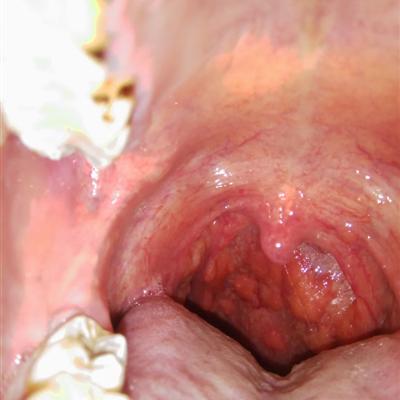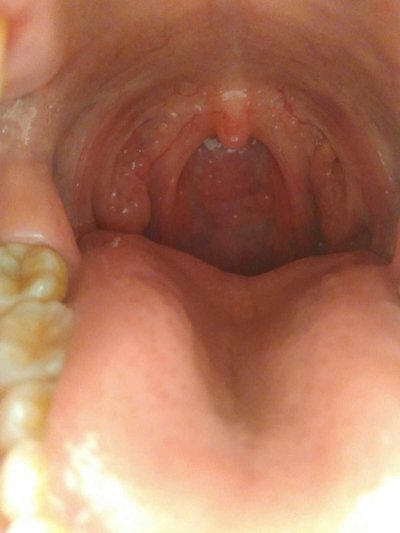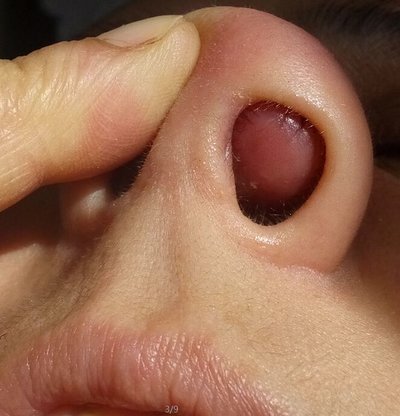Can rotavirus diarrhea be transmitted?
summary
Rotavirus gastroenteritis is an acute gastrointestinal infectious disease caused by rotavirus. Pathogens are mainly transmitted through the digestive tract. The main clinical manifestations were acute fever, vomiting and diarrhea. The course of disease is mostly short. Is one of the most common causes of diarrhea, can occur in epidemic or pandemic.
Can rotavirus diarrhea be transmitted?
The incubation period of infant patients is 24-72 hours, the onset is more acute, vomiting is often the first symptom, accompanied by diarrhea for 1 day, mostly a large number of watery stool, yellow green, with stench, a small amount of mucus, no pus. It can be pseudocholera diarrhea. Patients have low fever, rarely more than 38 ℃.
The incubation period of adult patients can be as short as several hours and as long as one week, with an average of 2-3 days. The disease is acute, mainly abdominal pain, diarrhea, fatigue, accompanied by nausea and vomiting. Most of the stools are yellow, watery, without mucus and pus. Diarrhea usually occurs 5-9 times or more than 10 times a day. Severe cases can reach more than 20 times a day, bowel sounds are enhanced, abdominal tenderness is obvious around the navel, some patients have varying degrees of dehydration. Most patients have normal body temperature and a few have low fever. The course of disease is short, generally 3-5 days, mostly self limited, a few up to more than 9 days.
At the beginning of the disease, most of them were accompanied by runny nose, sneezing and light cough. More than half of the children have different degrees of dehydration and acidosis, and they may die of severe dehydration and deterioration within a few hours. Generally, fever and vomiting subsided within 48 hours, while diarrhea lasted for more than one week. In severe cases, carbohydrate intolerance often takes several weeks to six months to recover.
matters needing attention
Rotavirus vaccine can be used in clinic. During the epidemic period, the method of passive immunization for high-risk and susceptible groups also has a certain preventive effect. Human milk has protective effect to a certain extent. Breastfeeding should be advocated to reduce the severity of the disease. The milk of yak immunized with bovine rotavirus contains IgA and IgG antibodies, which also has protective effect on infants.













